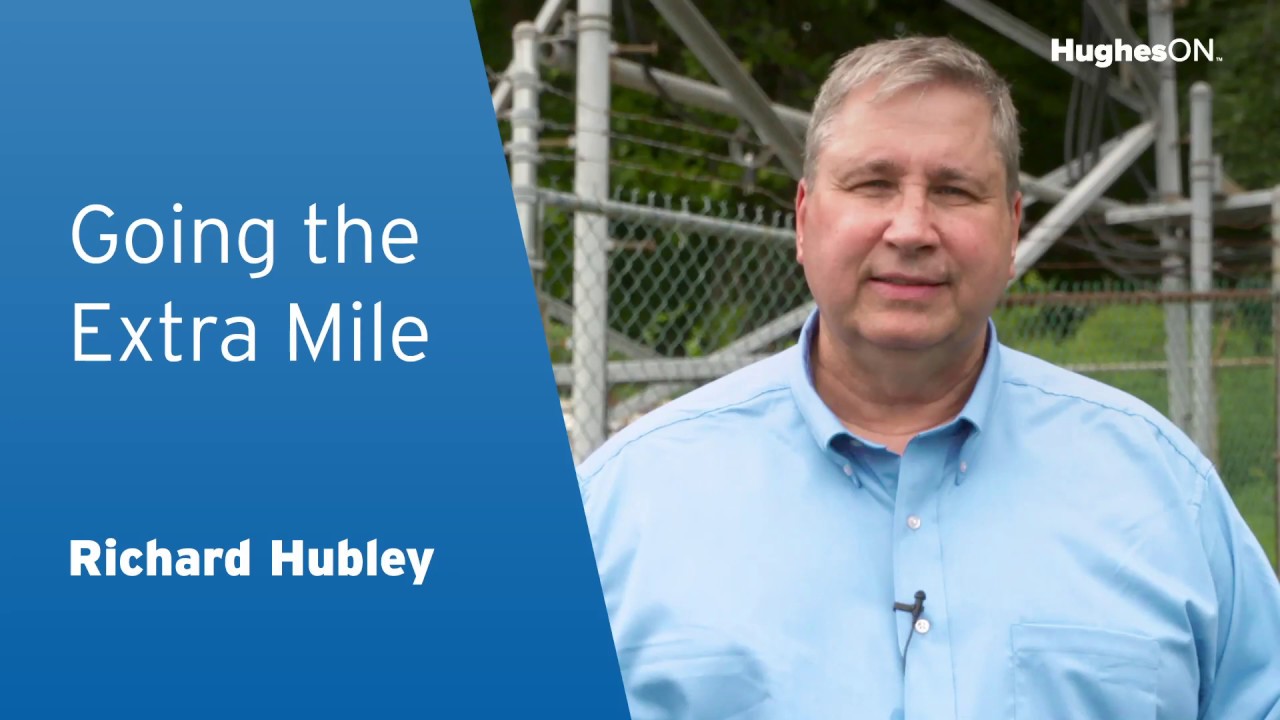Environmental Disaster Averted
Pipeline sites are critical to keeping our economy running, but they're also dangerous places, especially when something goes wrong. That's why they rely on an uninterrupted network connection to monitor pipeline pressure and temperature readings and control the operation of the infrastructure.
I was on a weekly call with my pipeline client and they told me about some new sites they were bringing in operation. Specifically, they were concerned about the poor 4G performance they had seen from the sites and if the network would perform consistently enough in these remote areas. They shared with me a few horror stories about what can go wrong when network service drops. Pipelines pump oil at extremely high pressures and temperatures. They use connectivity to monitor status and to also control operations at these locations. If connectivity is down for just five minutes, they have to dispatch a person out there to manually operate the site and report status to the control center every 8 minutes until automated operations is restored. If poor connectivity persists for just 10 minutes, they may shut down the pipeline operations due to concerns about a possible environmental or safety issue occurring. If they do shut down the operation, it means tens of thousands of dollars an hour in lost productivity. But more importantly, we're talking the possibility of a spill, an explosion, and even worse, loss of life.
I told them to let me take a look at it and see what we can do for you. We pulled two weeks of data from the most remote sites and reviewed it. We could see it was an issue with the remoteness of these locations. The nearest cell towers were so far away from these locations, they would be operating on the very edge of a stable wireless service. Product Engineering at Hughes was already working on a solution using a directional antenna that will provide the needed gain to address the exact type of situation, but it was not finalized as a product. I reviewed the antenna specs and was confident this would solve my customers problem. I collaborated with Product Engineering to use my customer sites as live proof of concept and, partnering with them, I was able to secure several antennas and low loss cables to outfit my customer sites. So I jumped on an airplane to the oilfields in Texas and installed the solution at two sites. At both sites, the customer recorded immediate improvement. The pipeline client agreed to keep the solution running for further validation, and after several days, I checked in with them and they were very positive on the results, telling me “These antennas are working great. We want them at each 4G site.”
About a month later, another pipeline company came to us with a similar problem and we easily adopted our new solution to help that project also. This solution became part of our new wireless standard. You know, it really came down to the fact that my client needed a solution, and I was going to do whatever I could to help them. We reacted quickly and we were able to pull expertise from across Hughes to find a way to address their challenges. In the end, there was just no question; we were going to go the extra mile to do what was needed to help our customers be successful.
